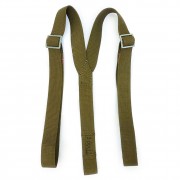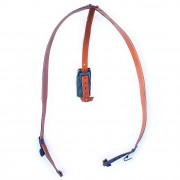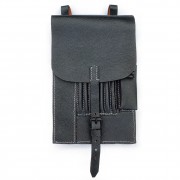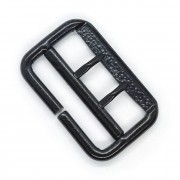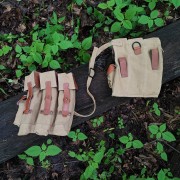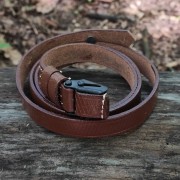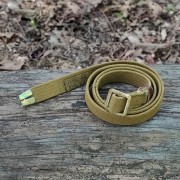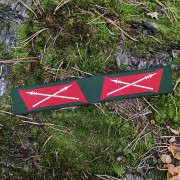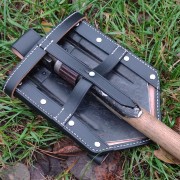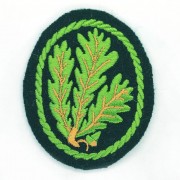How to choose the size?
Put your jacket or overcoat (or jeans) on, depends on what you want to wear the belt over. Take another belt, tighten comfortly and mark its buckle position. Put it off, lay it flat and measure the marked lenght. Let it assume you got 102 cm (39 ½ in.). Look to the chart below: 102 cm is in the middle of gap 96-108 cm for belt size 110. You should take this size. Sizes 105 and 115 also fit you but you won't be able to wear 105 over winter uniform or to tighen 115 if you wear harder equipment.
The tongue has 7 paired holes for the buckle at a distance of 2 cm from each other. The buckle should sit on the middle hole so that it can be adjusted by 6 cm in each direction.
Divide cm to 2.54 to get inches.
| Belt size | Around measurement |
| 85 | 71-83 |
| 90 | 76-88 |
| 95 | 81-93 |
| 100 | 86-98 |
| 105 | 91-103 |
| 110 | 96-108 |
| 115 | 101-113 |
| 120 | 106-118 |
| 125 | 111-123 |
| 130 | 116-128 |
Not all sizes are in stock at the same time. There are only sizes we have in stock now near "Add to cart" button.
Description
This product is intended for military-historical reenactment (immersive stydy of history); for creating costumes for theatrical and film, video plays condemning Nazism and fascism; as well as for exhibiting in museums of military history. This product is not propaganda of ideas and criminals convicted by an International Military Tribunal, and should not be used for such a purpose! The photos have been edited in accordance with the requirements of the law.
If you need additional photos of the product, write to us by email or in the messenger.
You should buy a buckle separately on our website. It's impossible to wear the belt without a buckle. We offer all basic buckle types (Wehrmacht, SS) made of steel or aluminum as well as rare buckles. If you need a tab for a buckle you can buy it separately. You can wear a buckle without a tab (tabs for some buckles are not obligatory).
This is waist belt of high quality. It's made of tight and resilent bull leather. Leather is not pressed, of natural colour (we hew only vegetable tanned skins for the belts) and calibrated down to 4 mm thickness. Smooth side of leather is inside, that sets German leather equipment apart from for example Soviet. Black matt finish is on face (outer) side. Leather parts are hewn. Our belts bear stamps Anton Kreisel, Ludenscheid, 1939. The belt is stitched with undyed natural threads.
The belt must stand weight of equipment and not slack, that's why it is rigid enough. Cheap copies of these belts are usually soft (and this is inadmissible for such belts). Cheap copies often have dark colour (dark-brown, black from every side) and made of chemical but not vegetable tanned leather. Dark soft leather is relatively cheap and German manufacturers didn't use it.
Why are hooks of different colour?
There are stamped hooks made of aluminum or steel on the belts. Aluminum hooks are painted in "Feldgrau" (dull green) color. The steel hooks are painted in "Stumpfgrau" (light gray) color, the standard color for German steel fittings. There are a lot of shades of these colors. There are stamps on the hooks, but they are at the end that is sewn into the skin. It is logical to choose a belt with a steel hook for a steel buckle, but do not assume that a steel hook will be stronger than an aluminum one, this is a delusion! Steel hooks are made of 1 mm sheet, aluminum from 1.5 mm sheet, they are the same in terms of strength and wear resistance.
What is a discounted belt?
This is a belt with a minor flaw, that we found during it was taken to the warehouse. The flaw nevertheless, does not allow the belt to be sold at full price. We respect our customers and offer only good quality products. In this batch there were only 2 such belts, both have a spot (scar) on the inner surface of the belt (not visible from the outside).
Discounted belts have minor and inconspicuous drawbacks, but they are cheaper!
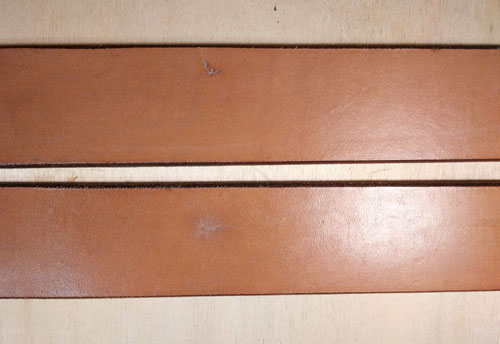
Historical reference.
The waist belt as those we sell was appeared in 1931 as many other parts of Wehrmacht equipment. Pieces of pre-war manufacture were of the highest quality. But during preparations for war circle of army contractors had been expanded and quality decreased. Therefore not straight stitches are normal for original belts. A series of orders was issuied in 1940, focused on making uniform simplier and cheaper, so belt hooks began to make of steel. To the very end of war in 1944 belts without straps appeared (holes for buckle's teeth were made in the main leather detail).
There were many similar belts for party men and paramilitary organizations in the Third Reich. As a rule those belts differed by small parts and finish. Those are often offered as army ones but army belts had definitely specified design.










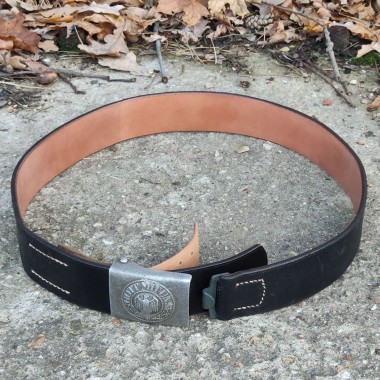



















![[on order] Y-strap for infantry [on order] Y-strap for infantry](https://reenact.store/image/cache/f0ffb656aed6e30332216108689a8b1c.jpg)
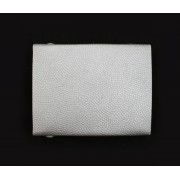
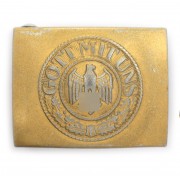
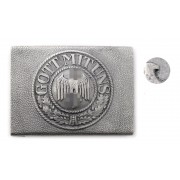
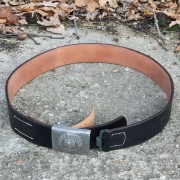
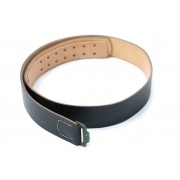
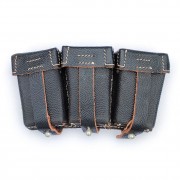
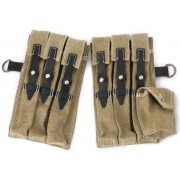
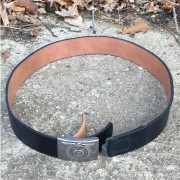
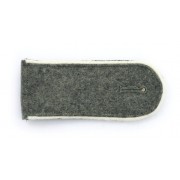
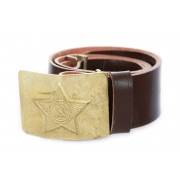
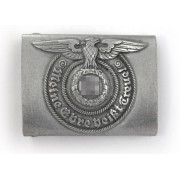
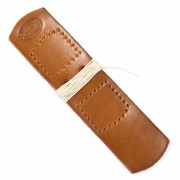
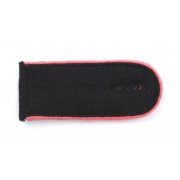
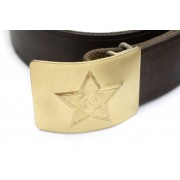
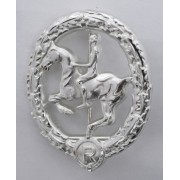
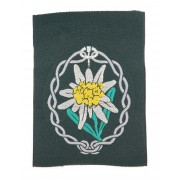
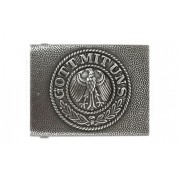
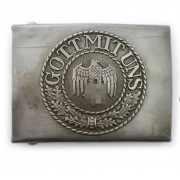
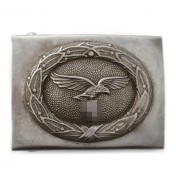
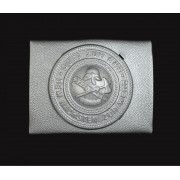
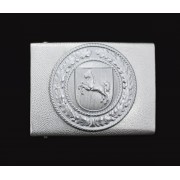
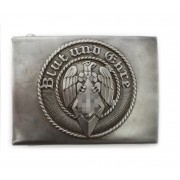
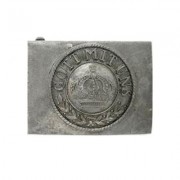
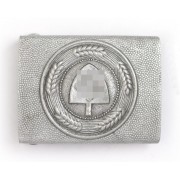
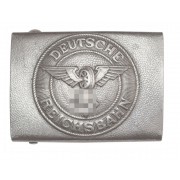
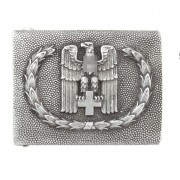
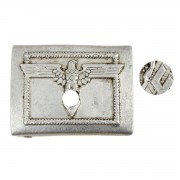
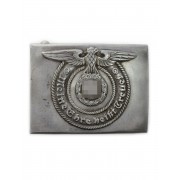
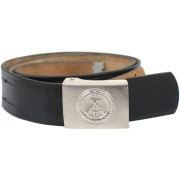
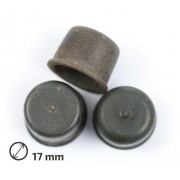
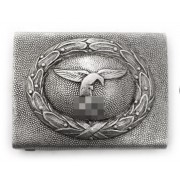
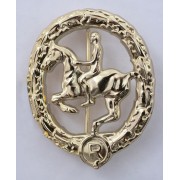
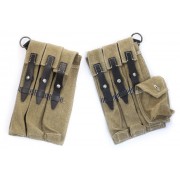
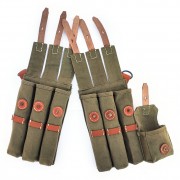
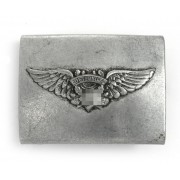
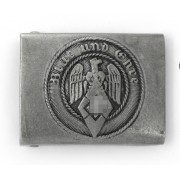
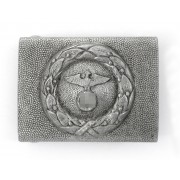
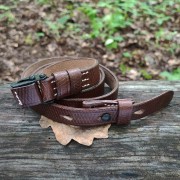
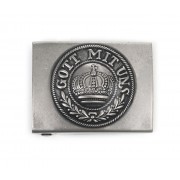
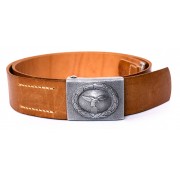
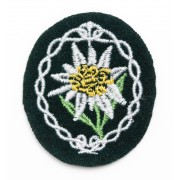
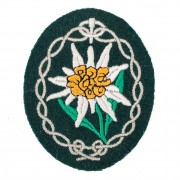
![[on order] Сommander's belt light brown [on order] Сommander's belt light brown](https://reenact.store/image/cache/4c158cea41dd6e84948913e381b7855f.jpg)
![[on order] Commander's belt dark brown [on order] Commander's belt dark brown](https://reenact.store/image/cache/2b86ca2f77f80e0d70dcba64fa709be8.jpg)
![[on order] Belt RIA black with an eagle [on order] Belt RIA black with an eagle](https://reenact.store/image/cache/3173be19cc3ab46f2f3ac11afe68815b.jpg)
![[on order] Commander's belt set M32 [on order] Commander's belt set M32](https://reenact.store/image/cache/5b08720a7bf7f97380cb4a7affc058d6.jpg)
